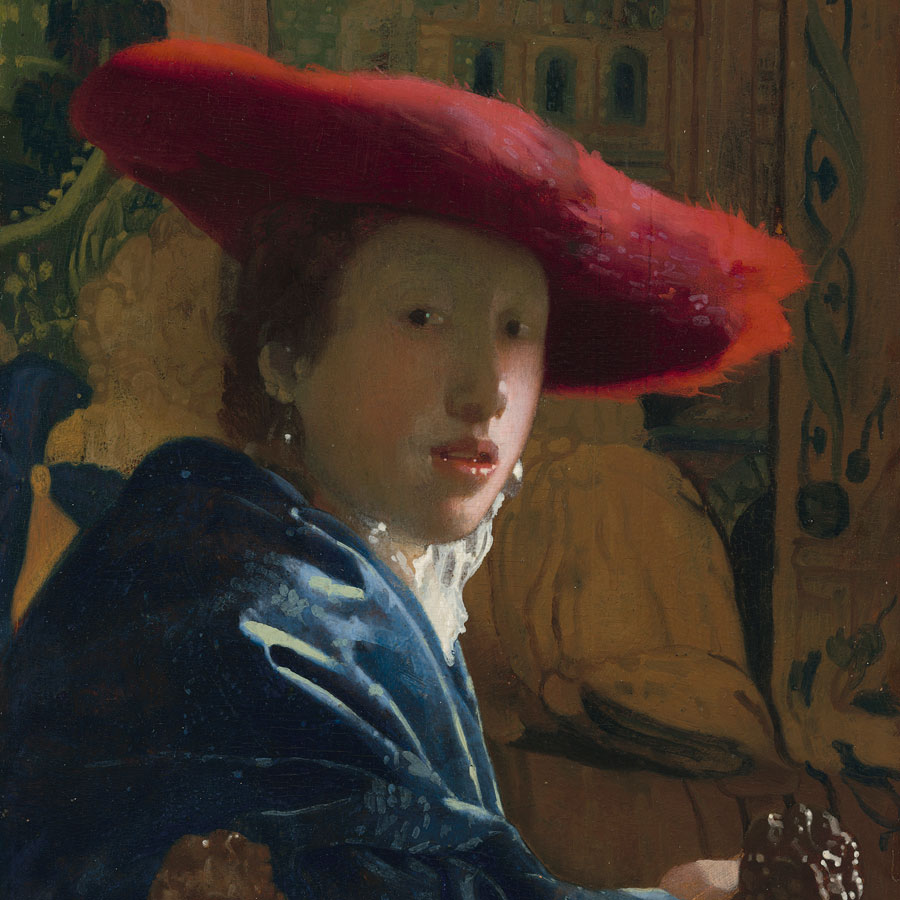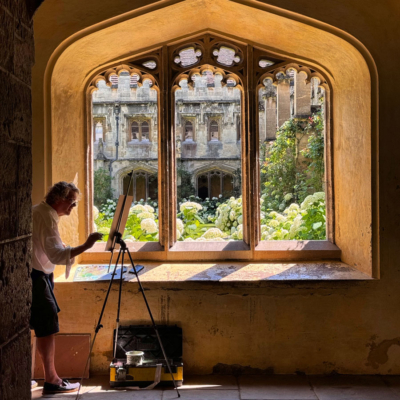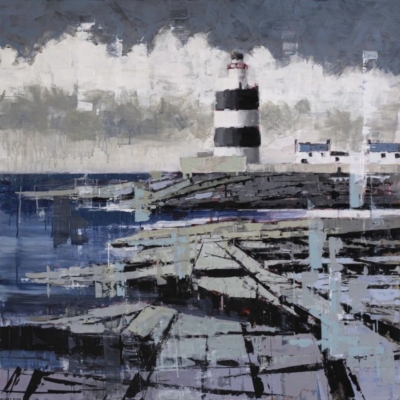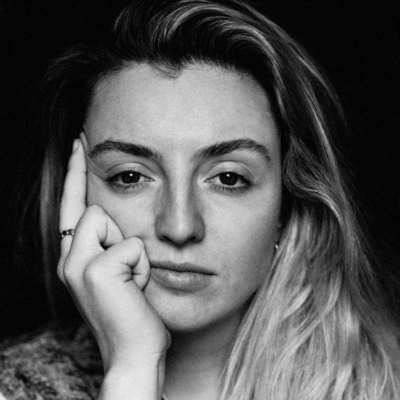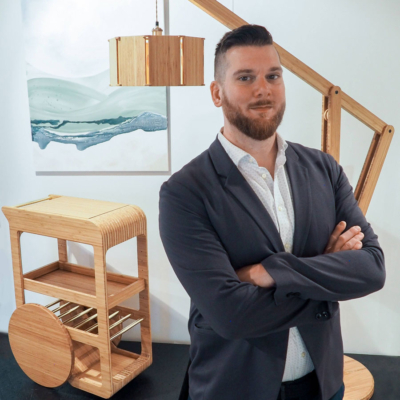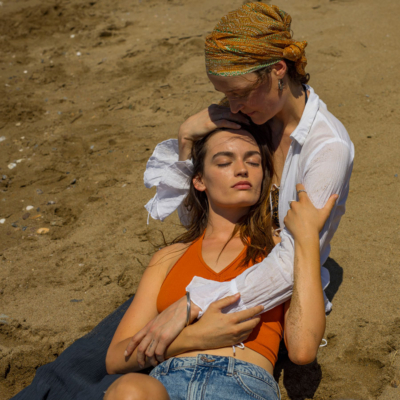Dr Lizzie Marx, Curator of Dutch and Flemish Art at the National Gallery of Ireland, discusses the landmark exhibition which opens this weekend…
Main Image; Johannes Vermeer, ‘Girl with the Red Hat,’ c.1665-1667, Andrew W. Mellon Collection, National Gallery of Art, Washington
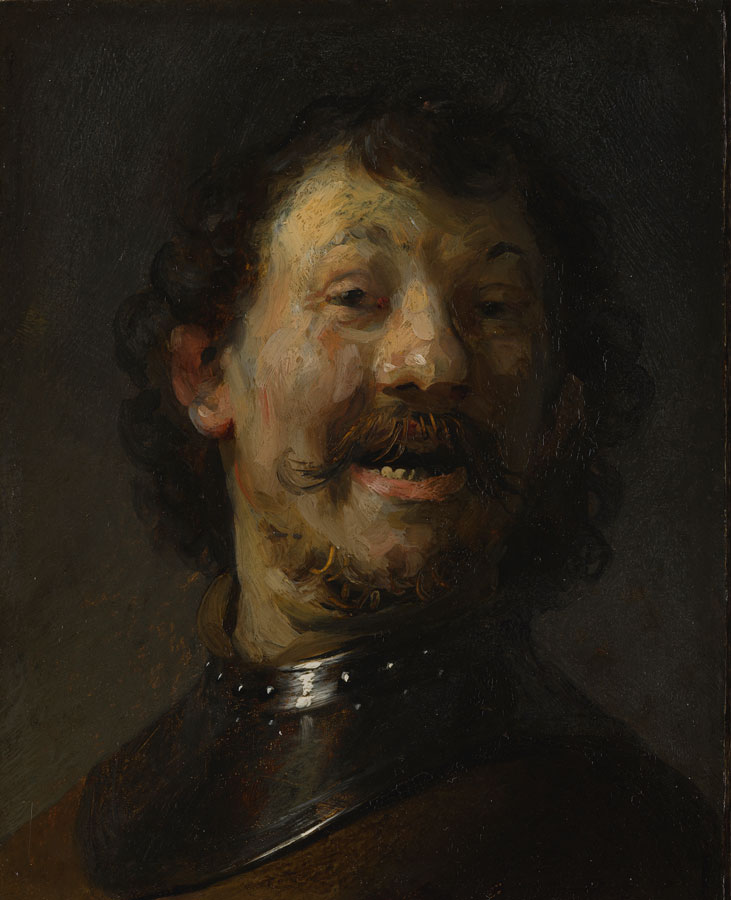
Rembrandt van Rijn,
The Laughing Man c. 1629-1630
Credit: Mauritshuis, The Hague.
How would you describe this exhibition?
This exhibition is about “tronies”, an Old Dutch term for a particular picture type that depicts a face. It is a genre in art that depicts the head alone. Unlike a portrait, the identity or status of the sitter in a tronie is unimportant. Instead, lighting, expression, and more profound human qualities become the focus.
The “Costume” section of the exhibition explores a fertile period in Leiden in the 1630s when Rembrandt and Lievens were painting tronies dressed up in different costumes. There is an interesting remark from Rembrandt’s biographer Arnold Houbraken, who said that he “could also spend a day or two setting up a turban to his satisfaction”. It suggests that preparing for a picture was as important as painting one. It makes us imagine Rembrandt in his studio, delving into his dressing up box to style his model until the composition pleased him. There is a beautiful painting in the exhibition by Rembrandt and his Studio from the Derby Collection depicting a bearded man in a headpiece secured in place with a wound scarf. Such a work brings this anecdote to life.

Peter Paul Rubens,
Head Study of an Old Woman Seen from the Front, c.1617
Credit: ©The Phoebus Foundation, Antwerp, Belgium.
This is a collaboration between the National Gallery and the Royal Museum of Fine Arts Antwerp – how and when did you start planning this exhibition?
At the National Gallery, the planning of the exhibition started as far back as 2016, with the beautiful study head of a bearded man by Peter Paul Rubens, which joined the collection as a generous Heritage Gift of Denis and Catherine O’Brien. This work also interested Nico Van Hout, Head of Collection Research at the Royal Museum of Fine Arts Antwerp, who was researching the study heads of Rubens for a catalogue. An exhibition presented the opportunity to partner with the Royal Museum of Fine Arts Antwerp to contextualise this new addition to the National Gallery’s collection, by placing it among other study heads of the Low Countries, and expanding it further to look at how the genre of the “tronie” developed, starting in the artist’s studio, and then taking the art market by storm.
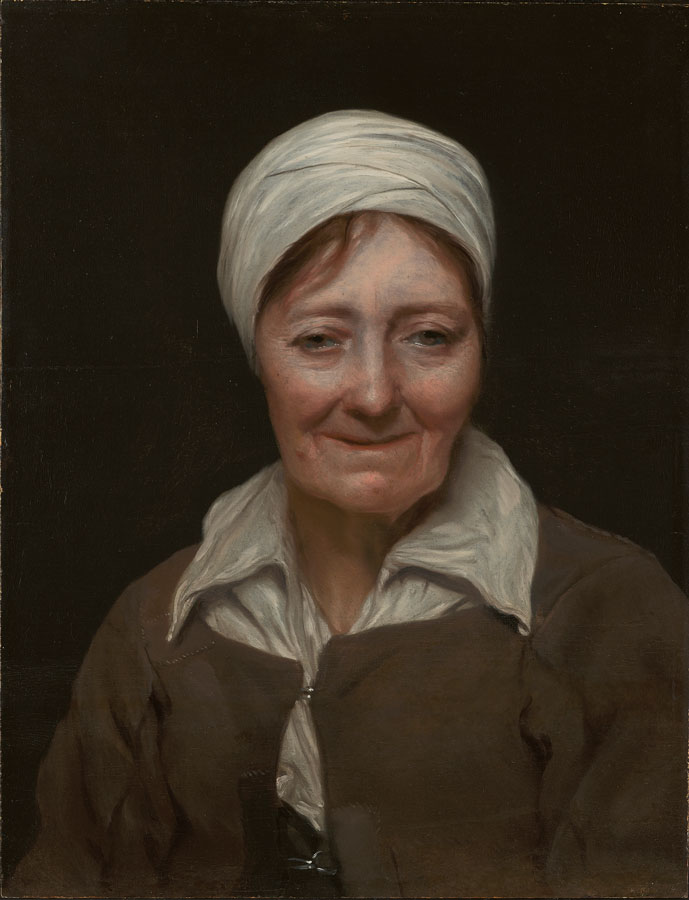
Michael Sweerts,
Head of a Woman, c.1654
Credit: The J. Paul Getty Museum, Los Angeles.
You feature Dutch and Flemish artists of the 16th and 17th centuries. Could you summarise this era and genre?
The artists of the Low Countries in the 16th century can be credited for developing the genres of art (portrait, landscape, genre scene, still life, and history painting), through a vibrant art market, and, in the case of Catholic Flanders, through the production of altarpieces. Influenced by Italian art, the Northern Mannerists also brought a colourful, sumptuous, and mannered approach to their works. Key artists include Hieronymus Bosch, Pieter Bruegel the Elder, Hendrik Goltzius, and Quinten Matsys.
The 17th century is regarded as the “Golden Age” of art in the Low Countries. The most important artists of the period are names that are still remembered today, including Peter Paul Rubens, Anthony van Dyck, and Jacob Jordaens in Flanders; and Rembrandt van Rijn, Johannes Vermeer, and Jacob van Ruisdael in the Netherlands.
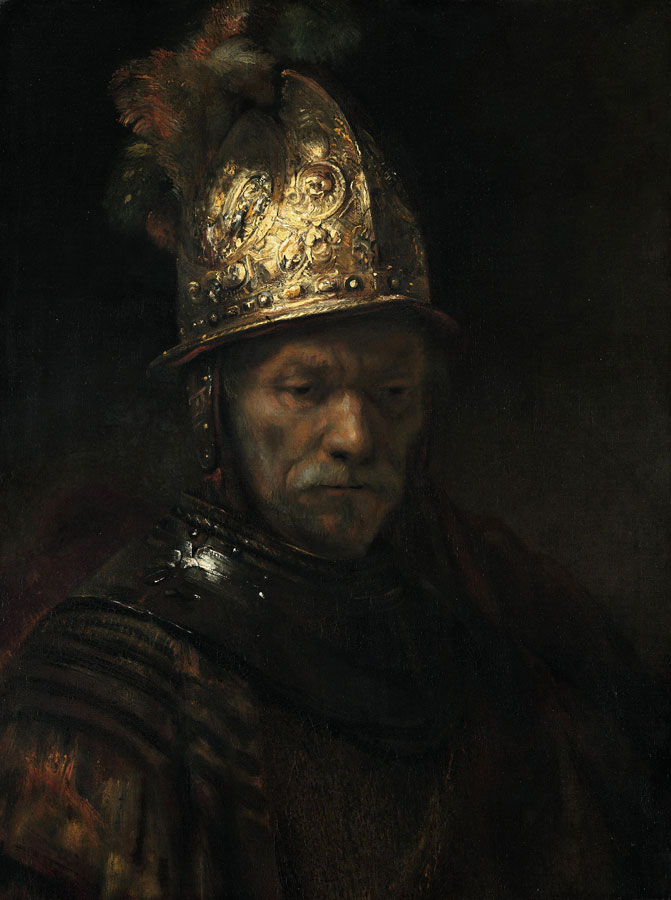
Circle of Rembrandt,
The Man with the Golden Helmet, c.1650
Credit: Gemäldegalerie.
What are some of the highlights of this landmark exhibition?
This exhibition displays many extraordinary works that record people from different ages, genders, and backgrounds. They were living as long as 500 years ago, and yet in this exhibition it is as if they come to life before our very eyes.
The highlights come from the three titular artists: Rubens, Rembrandt, and Vermeer, with loans that have come from distinguished collections across Europe and North America. Study heads by Rubens include a captivating study head from the Princely Collections, Vaduz-Vienna, in Liechtenstein (in addition to the National Gallery’s Rubens, discussed above), of a formidable looking bearded man who stares back at us with a penetrating gaze.
We have a number of works by Rembrandt van Rijn, including his Laughing Man, from the Mauritshuis, The Hague. Here, Rembrandt used himself as a model in order to capture the liveliness of his smile, before it dissolved or became forced.
We also have Johannes Vermeer’s exquisite Girl with the Red Hat, an unmissable painting in the exhibition, which depicts this sitter dressed in an eclectic outfit, and reflects his extraordinary sensitivity to light, for which the artist was renowned.
We also have works by Michael Sweerts, an artist who was very gifted in painting tronies, and who truly shines in this exhibition. There are three works by him in the exhibition from The J Paul Getty Museum, Los Angeles, Leicester Museums and Galleries, and a Private Collection. They depict a tronie of a young boy, a young woman, and an elderly woman. They come from different walks of life, but they are all painted by Sweerts with an equal amount of sensitivity, and they are so vividly captured, it is as if their essences have been captured in this work.
Need to Know: “Turning Heads: Rubens, Rembrandt and Vermeer” is on at the National Gallery of Ireland from February 24 to May 26. www.nationalgallery.ie






